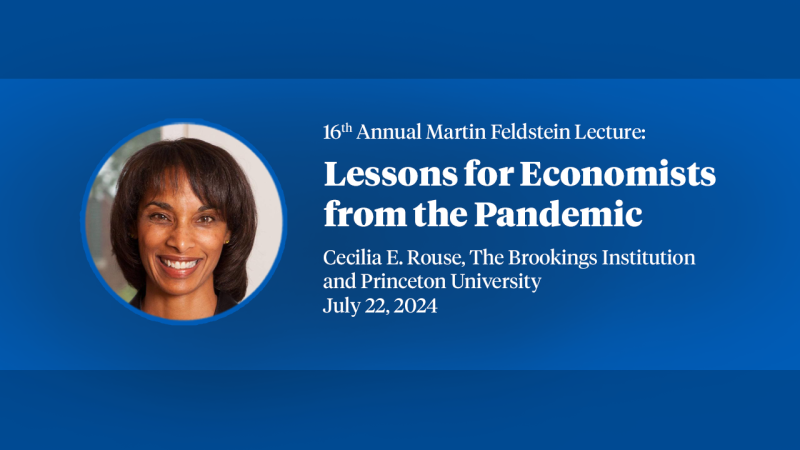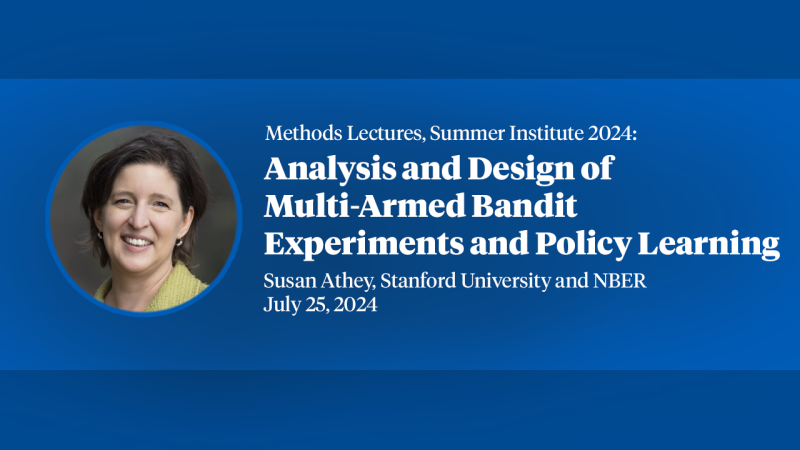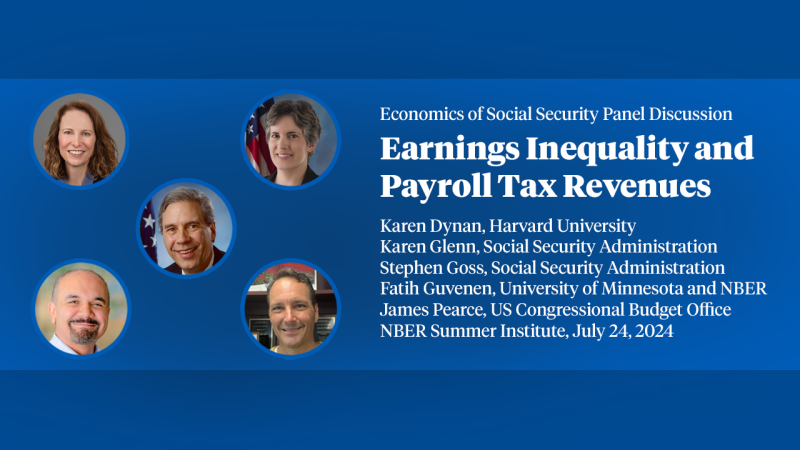International Trade and Investment under Different Rates of Time Preference
This paper attempts to integrate the theory of trade with that of capital movements, and to study the two country world where each nation has a different rate of time preference. It resolves the indeterminacy problem intrinsic in the Heckscher-Ohlin model where trade and factor movements coexist by assuming that capital movements are infinitesimally more costly than trade in goods. Under certain assumptions, one can dichotomize the behavior of asset accumulation from the dynamic pattern of trade specialization. Complete specialization will take place most; likely in the country with a higher rate of time preference, which specializes into the more labor intensive sector. It is shown that a single-commodity model does exaggerate the amount of capital movements, but that the qualitative nature of asset accumulation patterns obtained in a single-commodity model of capital movements holds intact in the model that incorporates trade. This paper offers another explanation to the Feldstein-Horioka paradox that domestic investment responds more closely to increasing savings than capital outflows do. If an economy is imperfectly specialized, increased savings will be absorbed in capital deepening rather than in capital outflow.
Published Versions
Journal of Japanese and International Economies, Vol. 8, no. 1 (March 1994): 22-52.
Fukao Kyoji & Hamada Koichi, 1994. "International Trade and Investment under Different Rates of Time Preference," Journal of the Japanese and International Economies, Elsevier, vol. 8(1), pages 22-52, March. citation courtesy of ![]()


